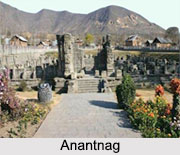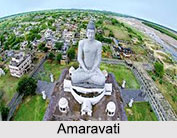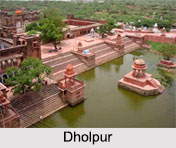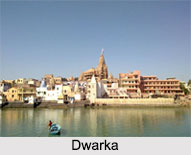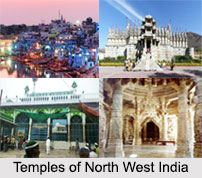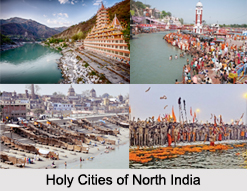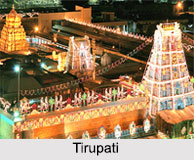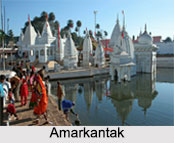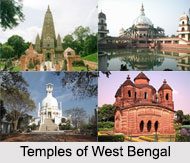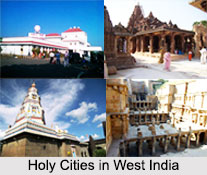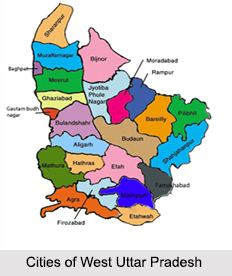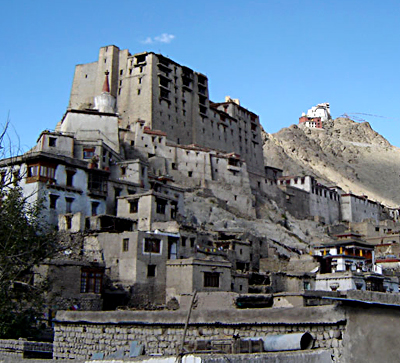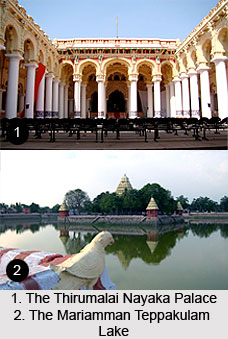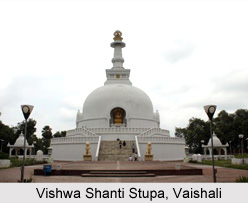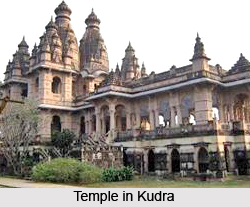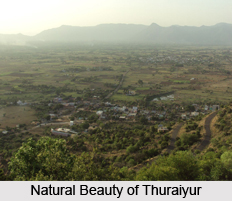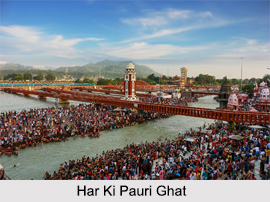 Modern History of Jeypore began with the art and architectural delight in this area which enlighten the whole Odisha and later the Hindoosthan. During the 20th century Ramachandra Dev IV (1920–31) was an honourable lieutenant in World War I. He was issueless and was succeeded by a benevolent, aged, scholar king Vikram Dev IV, the son of Krishna Chandra Dev. During this period the Boundary Commission headed by Sir O"Donnel was entrusted with the task of writing the different Oriya speaking tracts. The Commission went round Jeypore, Paralakhemundi, Ganjam District and Visakhapatnam before finalizing its decision. The state of Odisha was formed on 1st April 1936 with Koraput as one of the six districts.
Modern History of Jeypore began with the art and architectural delight in this area which enlighten the whole Odisha and later the Hindoosthan. During the 20th century Ramachandra Dev IV (1920–31) was an honourable lieutenant in World War I. He was issueless and was succeeded by a benevolent, aged, scholar king Vikram Dev IV, the son of Krishna Chandra Dev. During this period the Boundary Commission headed by Sir O"Donnel was entrusted with the task of writing the different Oriya speaking tracts. The Commission went round Jeypore, Paralakhemundi, Ganjam District and Visakhapatnam before finalizing its decision. The state of Odisha was formed on 1st April 1936 with Koraput as one of the six districts.
Role of Vikram Deo
The generosity of Vikaram Deo towards promotion of education and arts saw the establishment and growth of several educational institutions both in Jeypore (Odisha) and Visakhapatnam. He was more interested in the promotion of arts than his kingdom. He was Maharaja Vikram Deo IV of the Sankara Dynasty of Jeypore, who had succeeded Krishnachandra Deo during June 1931. Within a few years after ascending the throne, he carved a niche for himself as an able administrator who was loved by his people.
Fine Art in Modern Jeypore
Vikram Deo was a connoisseur of all fine arts including folk and tribal arts. He spotted the talent of a youth, who used to draw on the walls, during one of his evening strolls. He sent the youth to Bhubaneswar for honing his skills. He established the School of Fine Arts in Jeypore and on the return of the youth, made him principal of the school. Though he was not a man of letters, Vikram Deo mastered Telugu language, Oriya language, Bengali language, Sanskrit language and English language. A `Shat Dharma Sabha` used to be convened under his auspices at the Hawa Mahal on the Beach Road. A total of 100 scholars used to be invited and competitions held amongst them as part of the sabha. He renovated the tribal museum at Araku, which was built by his forefathers.
Modern Jeypore
Jeypore is a city of high strategic and historical importance. Dev or Deo dynasty is probably related to the Kakatiya dynasty. Some of the rulers established their own rule when the Kakatiyas were ruling around the jungles of Bastar District of Chhattisgarh. Since the area was inaccessible and hostile, these kingdoms - including that of Jeypore (previously in Nandapur), Jagdalpur, Parlakhemundi, etc. got established under the supreme rule of Gajapati monarchs of Odisha. And, from then a unique culture, food, tradition and pride could be seen in common at these areas.
Related Articles
Cities of Orissa
Jeypore
Odisha, Indian state
Daringibadi, Kandhmal district, Odisha
Temples of Odisha
